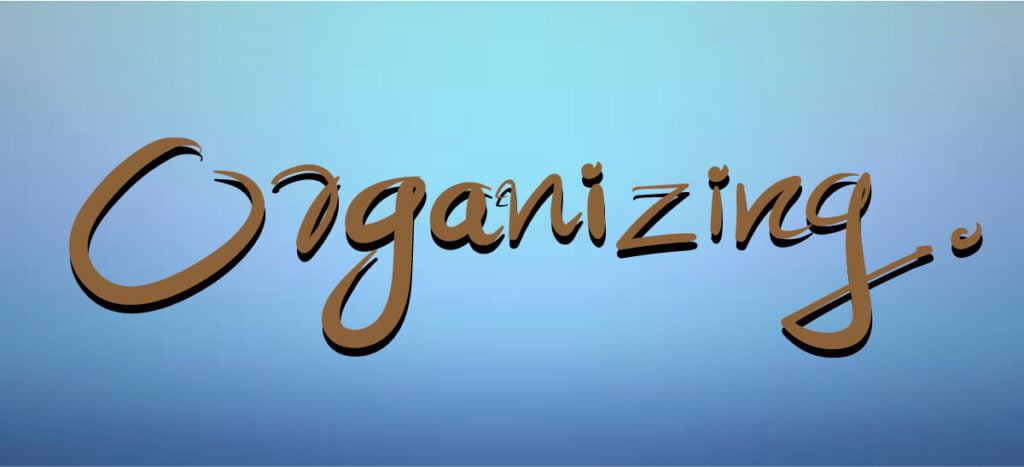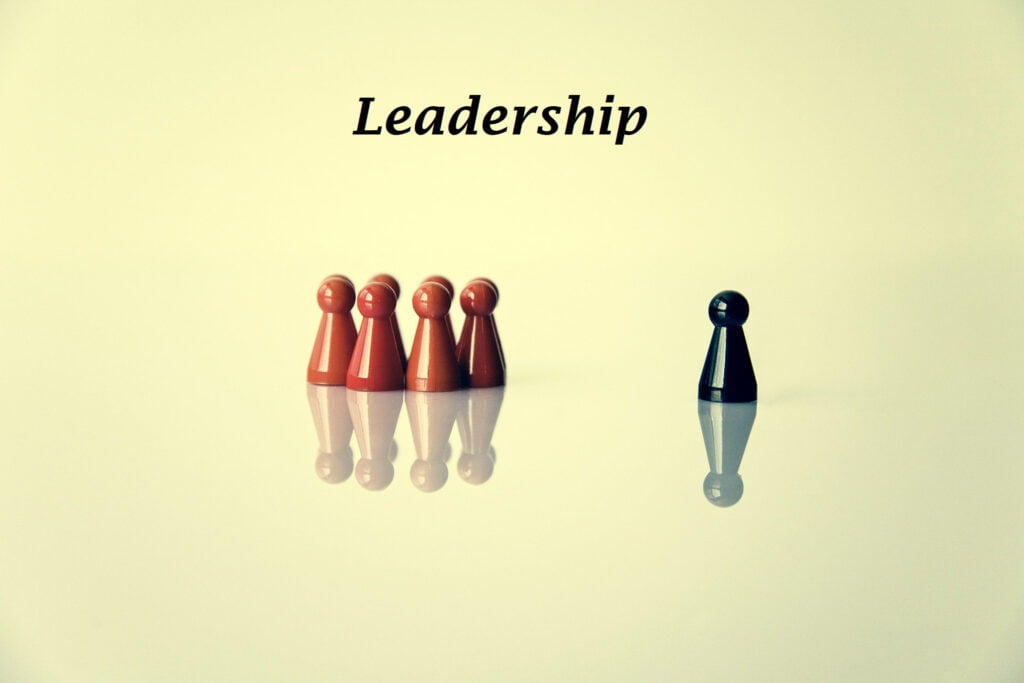[ad_1]
In this article, we will explore the differences between Enterprise Risk Management (ERM) and Traditional Risk Management, and how they impact organizations. We will discuss the key concepts, methods, and benefits associated with each approach, and highlight the importance of understanding and implementing effective risk management practices.
What is Enterprise Risk Management (ERM) and Traditional Risk Management?
ERM is a comprehensive, integrated approach to managing all types of risks faced by an organization. It involves identifying, assessing, and mitigating risks across all areas of the business, including strategic, financial, operational, and compliance risks. ERM focuses on creating a risk-aware culture and aligning risk management with the organization’s objectives and values. Traditional Risk Management, on the other hand, typically focuses on specific risk areas, such as insurance, safety, or financial risk, and often involves a more siloed, reactive approach to managing risks.
By implementing ERM, organizations can better anticipate and respond to risks, capitalize on opportunities, make more informed strategic decisions, and ultimately improve their overall resilience and performance.
What are the Key Differences between ERM and Traditional Risk Management?
ERM takes a holistic and proactive approach to risk management, integrating risk management into the organization’s strategic planning and decision-making processes. It involves ongoing monitoring and assessment of risks, and encourages open communication and collaboration across different business functions. Traditional Risk Management, on the other hand, tends to focus on managing risks within specific areas or departments, often utilizing more reactive, compliance-driven approaches.
Another key difference is the level of integration with the organization’s overall objectives and culture. ERM seeks to align risk management with the organization’s mission, values, and goals, while traditional approaches may lack the broader organizational perspective and alignment.
What are the Benefits of ERM over Traditional Risk Management?
ERM offers several advantages over traditional risk management, including improved risk awareness, better informed decision-making, and enhanced resilience. By integrating risk management into the strategic planning and decision-making processes, organizations can identify and address risks more effectively, and capitalize on opportunities that others may overlook. ERM also encourages a more proactive and collaborative approach to risk management, fostering a culture of risk awareness and responsibility across the entire organization, rather than just within specific departments or functions.
Furthermore, ERM enables organizations to better prioritize and allocate resources for risk management activities, ultimately leading to more efficient and effective risk mitigation and control efforts.
How Can Organizations Transition from Traditional Risk Management to ERM?
Transitioning from traditional risk management to ERM requires a shift in mindset and approach. It involves engaging and educating stakeholders at all levels of the organization, promoting a risk-aware culture, and integrating risk management into the overall strategic planning and decision-making processes. Organizations can start by conducting a thorough assessment of their current risk management practices and identifying areas where ERM principles can be applied. This may involve revisiting existing risk management frameworks, processes, and systems, and implementing specific ERM tools and methodologies.
It’s crucial for organizations to communicate the benefits and rationale for transitioning to ERM, and to provide the necessary resources and support to facilitate the change. This may include investing in training and development, establishing clear governance structures, and leveraging technology and data analytics to enhance risk management capabilities.
What are the Common Challenges of Implementing ERM?
Implementing ERM can be challenging for organizations, especially those transitioning from traditional risk management approaches. One common challenge is resistance to change, particularly from stakeholders who are accustomed to more siloed or reactive risk management practices. ERM also requires a significant investment of time and resources, including the need to develop new processes, tools, and capabilities, and to engage and train employees at all levels.
Another challenge is integrating risk management into the organization’s culture and operations, and ensuring that ERM frameworks and practices are effectively embedded and sustained over time. Organizations may also face challenges in effectively measuring the impact and value of ERM, and in demonstrating the return on investment in risk management initiatives.
Conclusion
Enterprise Risk Management (ERM) offers a holistic, proactive approach to managing risks and creating value for organizations. By integrating risk management into strategic planning and decision-making processes, and fostering a risk-aware culture, ERM enables organizations to better anticipate and respond to risks, capitalize on opportunities, and enhance their overall resilience and performance. While transitioning from traditional risk management to ERM may pose challenges, the benefits of ERM far outweigh the drawbacks, ultimately leading to more effective risk management and improved business outcomes.
FAQs
Q: What are the primary differences between ERM and Traditional Risk Management?
A: ERM takes a holistic, proactive approach to managing all types of risks across an organization, integrating risk management into strategic planning and decision-making processes, and fostering a risk-aware culture. Traditional Risk Management tends to focus on specific risk areas and often involves more siloed, reactive approaches.
Q: How can organizations transition from Traditional Risk Management to ERM?
A: Organizations can start by conducting a thorough assessment of their current risk management practices, engaging and educating stakeholders at all levels, and integrating risk management into strategic planning and decision-making processes. This may involve revisiting existing risk management frameworks and systems, and implementing specific ERM tools and methodologies.
Q: What are the benefits of ERM over Traditional Risk Management?
A: ERM offers several advantages, including improved risk awareness, better informed decision-making, and enhanced resilience. By integrating risk management into strategic planning and decision-making, organizations can identify and address risks more effectively, and capitalize on opportunities that others may overlook.
Q: What are the common challenges of implementing ERM?
A: Implementing ERM can be challenging, including resistance to change, the need for significant time and resources, and challenges in integrating risk management into the organization’s culture and operations. Measuring the impact and value of ERM can also be a challenge.
Q: What is the key to successful ERM implementation?
A: Successful ERM implementation requires a commitment from top leadership, the engagement and education of stakeholders at all levels, and the integration of risk management into strategic planning and decision-making processes. It also involves the development of new processes, tools, and capabilities, and the establishment of a risk-aware culture and ongoing communication and training.
[ad_2]




